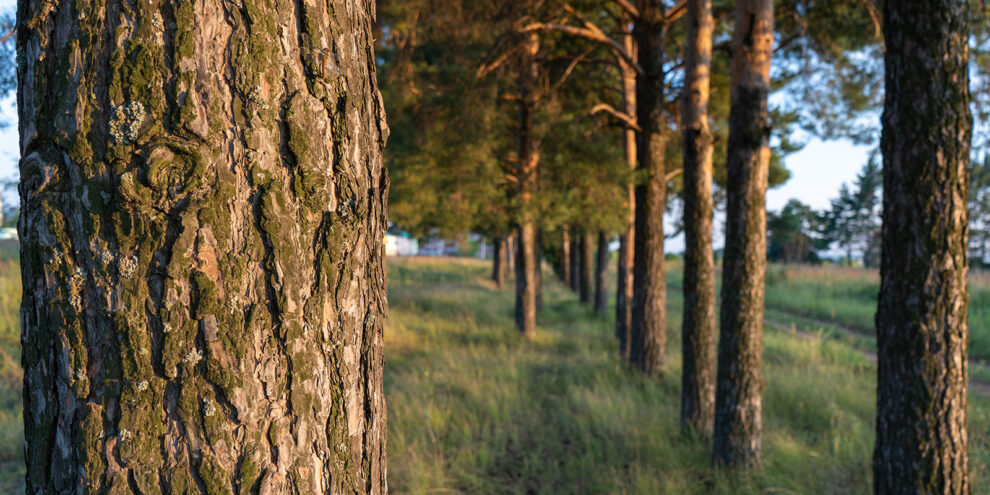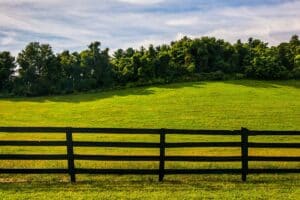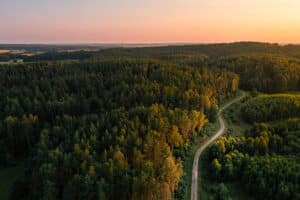Owning and managing timberland in the U.S. provides a host of benefits that distinguish it from other investments. Investors view timberland as a safe, secure asset that can diversify their financial portfolio, offset the volatility of stock markets, provide constant long-term growth, and an expectation that it will generally provide a positive annual rate of return. Timberland is also an asset that you can glean some fun out of while your investment grows. You can hunt on it, fish on it, or just get out an explore the open space. If growing trees for money is why you want to buy rural land for sale, here’s a tip and the reasons why.
Planted Pine Stands Are Better
The difference in tons of wood grown by a natural forest and a planted pine forest can be 425% over the life cycle of the investment. Planting pines lets you control three key variables that have a huge impact on profitability.
1. Desired Species
Natural forest (not planted by man) tends to be a mix of pine and less desirable hardwood. When pine is planted, any existing less-desirable hardwood is first killed, increasing the amount of higher-value timber grown and decreasing the amount of competition these higher-value trees face. Maximum growth and yield on your timberland property can only be achieved if the right species for the particular planting site and geographic location are selected.
2. Spacing, Planting Density and Arrangement
In natural forest, the trees can be too close together (which limits diameter growth) or too far apart (which lowers volume & harms lumber quality with big knots). Planting trees allows landowners to control the spacing. Spacing varies with species, site, and the purpose of the planting site, but adequate spacing allows more timber to be grown and protects the quality, increasing the financial return.
3. Genetic Improvements of Planting Stock
Good genetics is a corner stone of the foundation of timberland productivity, and planting allows landowners to select genetically superior trees. In the last 25 years, genetic scientists have given us a loblolly pine that resists disease and grows significantly faster and straighter than those found in nature. These pines will make you more money than any other tree in the Southern U.S., but the choice of what to plant often depends on your resources and goals.
Planting pines is an excellent investment for landowners, but planted pine stands do present a higher up-front cost to landowners for site preparation and planting. The decision to plant or allow for natural regeneration is a complex decision. Because timberland has a long growing cycle, landowners should carefully weigh their decision since they will live with it for years to come.
From a purely financial standpoint, planting genetically improved seedlings provides a greater return over the life of the timber stand. The cost to landowners of planting on their land is well justified, because they take advantage of the attractive income opportunities offered by improved forest management knowledge.
This content may not be used or reproduced in any manner whatsoever, in part or in whole, without written permission of LANDTHINK. Use of this content without permission is a violation of federal copyright law. The articles, posts, comments, opinions and information provided by LANDTHINK are for informational and research purposes only and DOES NOT substitute or coincide with the advice of an attorney, accountant, real estate broker or any other licensed real estate professional. LANDTHINK strongly advises visitors and readers to seek their own professional guidance and advice related to buying, investing in or selling real estate.










Add Comment